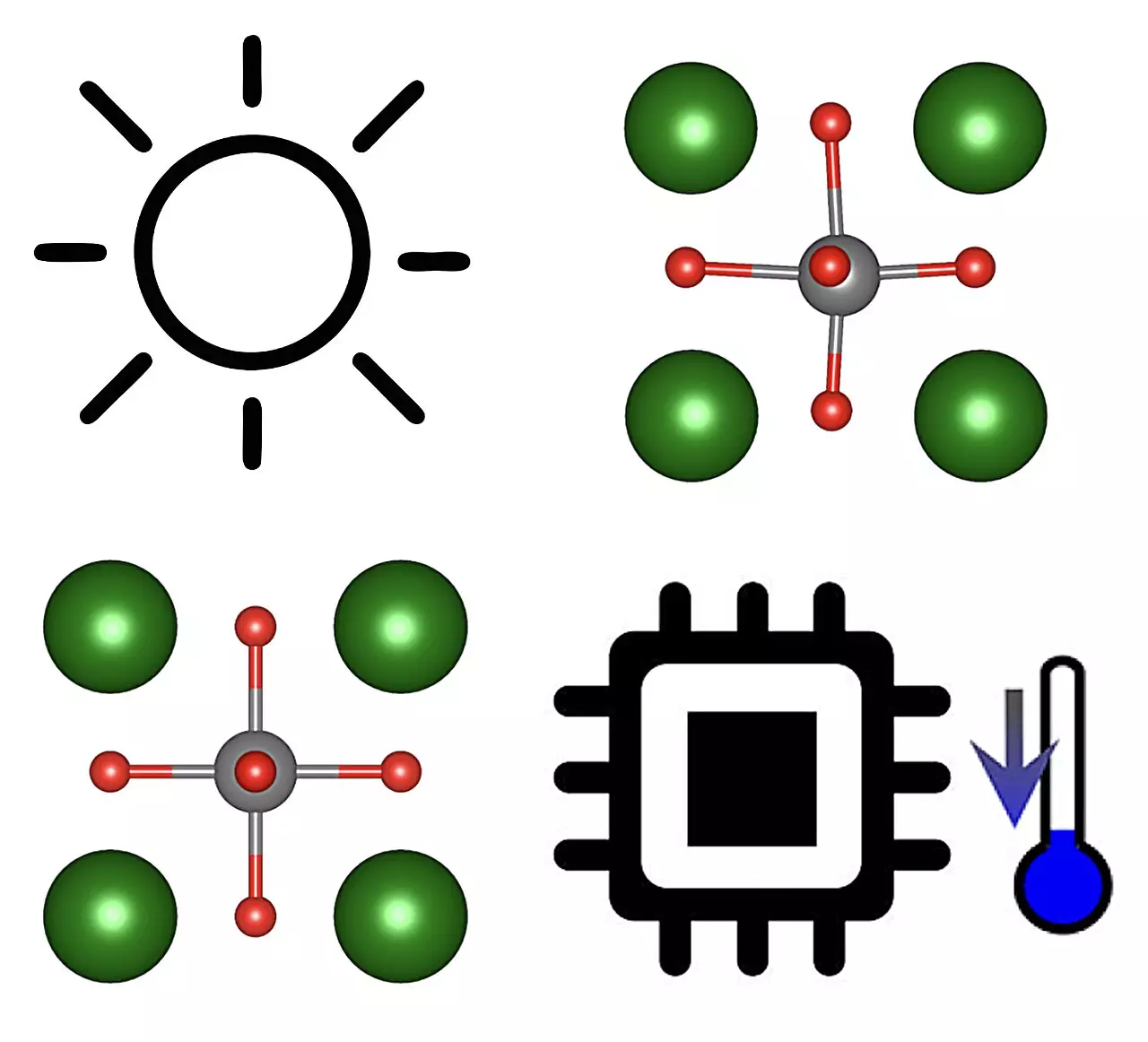In recent years, the quest for more sustainable and efficient cooling technologies has led researchers down new paths, one of which is solid-state cooling. This innovative approach to refrigeration utilizes the intrinsic properties of solid materials, as opposed to the traditional methods that rely heavily on gases and liquids. With growing concerns over energy consumption and greenhouse gas emissions, the potential for solid-state cooling to provide energy-efficient solutions is drawing increasing attention. However, the practical implementation of conventional caloric effects within these systems has revealed substantial challenges, as they typically function effectively only within narrow temperature ranges and entail specific constraints that limit their application.
Emerging Solutions from Barcelona
Recently, a collaborative team from the Institut de Ciència de Materials de Barcelona and the Universitat Politècnica de Catalunya has proposed a groundbreaking solution to enhance solid-state cooling systems. By analyzing ferroelectric perovskites, they have discovered the potential for these materials to exhibit giant photocaloric (PC) effects that maintain their functionality across a much broader range of temperatures than conventional mechanisms allow. This finding, published in *Physical Review Letters*, has ignited a renewed interest in the study of caloric materials, which could serve as viable alternatives to current refrigeration approaches that rely on harmful gases.
According to Claudio Cazorla, a pivotal member of the research team, the inspiration for this project stemmed from the dual interests in ferroelectric phase transitions induced by light and the development of advanced thermal switch mechanisms. The intersection of these two fields not only opens doors for new refrigeration technologies but also aligns with global goals to reduce the carbon footprint associated with traditional cooling systems. “We recognized that the same light-induced transition could facilitate a uniquely efficient photocaloric cycle,” Cazorla reported, illuminating the potential significance of their research.
Mechanics of Photocaloric Effects
Caloric materials operate under the principle that external influences—such as electric or magnetic fields—can induce phase transitions that modify their entropy, enabling effective refrigeration and heat pump functionality. Cazorla and his team set out to demonstrate that such phase transitions could occur in ferroelectric materials using light, which could revolutionize how solid-state cooling is approached. By focusing their efforts on hypothesizing photocaloric effects, the researchers aimed to broaden the temperature range applicable for refrigeration, significantly expanding the design landscape for these systems.
One of the key findings reported in their research is that photocaloric effects are advantageous over other caloric mechanisms—like magnetocaloric or electrocaloric effects—due to their substantial impact across an extensive temperature span. Unlike traditional caloric effects that are often limited to around 10 Kelvin, the effects documented in this study could be effective across a range of about 100 Kelvin. This discovery highlights a significant leap in the potential of solid-state cooling technologies.
The team’s findings suggest that specific ferroelectric materials, such as barium titanate (BaTiO3) and potassium niobate (KNbO3), may harbor the necessary properties to support photocaloric effects. Crucially, these effects could simplify the design of cooling systems by eliminating the need to apply electrodes on the material’s surfaces—an essential factor that could streamline manufacturing processes. This newfound efficiency also aligns seamlessly with the push for miniaturization in modern technology, as compact laser sources could serve as a practical means for inducing the necessary photocaloric transitions.
The implications of these findings extend far beyond theoretical models. For instance, photocaloric effects could be applied to cooling micro-scale applications such as central processing units (CPUs), presenting a solution to the overheating challenges faced in high-performance electronics. Furthermore, the potential for achieving cryogenic cooling—down to ultra-low temperatures—could be leveraged in advancing quantum technologies, a field poised for significant breakthroughs in the near future.
The research team, which includes Cazorla, Rurali, and others, is actively pursuing further studies to validate their theoretical predictions. Their focus now includes exploring additional materials that may exhibit similar light-induced phase transitions and considering how variations in material dimensionality might influence the practical application of photocaloric effects. By examining two-dimensional materials and thin films, the researchers hope to establish a pathway to deploying these innovative cooling technologies effectively.
As Cazorla notes, the exploration of photocaloric effects represents a significant frontier in solid-state cooling research. They are confident that their findings will inspire further investigations into this promising area, paving the way for advancements in sustainable cooling solutions. As the demand for energy-efficient technologies grows, the contributions of the Barcelona researchers could prove invaluable in transforming the refrigeration landscape for generations to come.


Leave a Reply